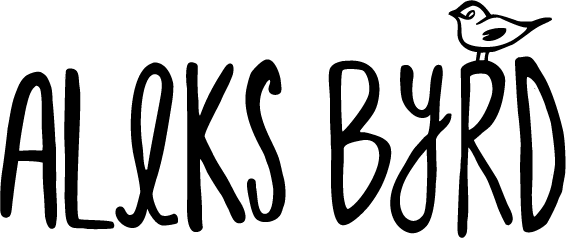Crossing/ Blurring Borders
When visually unpacking all the similarities and hybrid variations of motifs like the eight-point star through mapping and taxonomies, it's hard not to think that these motifs defy the construct of a border.
Lucy R. Lippard breaks about the concept and construct of borders in a sense and connection to a place in this quote from Kent Ryden about a map of an area in Mississippi,
He points out [ Kent Ryden] that Faulkner’s famous map of Yoknapatawpha County, Mississippi, complete with references to events in his novels, ‘demonstrates a keen awareness of the way terrain absorbs and recalls history, of the way narrative is an unstated component of any map and thus of any landscape.’ It is all center, which can be read as a metaphor for its lack of borders, its extension of the local into the global on one hand, or the local focus inward, on the other. (Lippard pp.76)
The fact and visual tracing of these motifs demonstrate on a map that borders in the the concept of visual traditional culture (knitting traditions) are simply a geographical or cartographical construct and that there is cultural fluidity and transient in this aspect of the "local cultural landscape". This fluidity of motifs demonstrates a means of creating a larger "cultural landscape" that formed of a region, the nordic region.
Place is most often examined from the subjective viewpoint of individual or community, while ‘region’ has traditionally been more of an objective geographic center surrounded by ‘an area where nature acts in a roughly uniform manner’. Today region is generally understood not as a politically or geographically delimited space but one determined by stories, loyalties, group identity, common experiences, and histories (often unrecorded), a state of mind rather than a place on a map. Perhaps the most accurate definition of a region, although the loosest, is Michael Steiner’s; ‘ the largest unit of territory about which a person can grasp ‘the concrete realities of the land’ or which be contained in a person’s genuine sense of place’ (Lippard pp. 34).
This region from this cultural map I've created is linked by the visual symbol and knitting language and culture, a "visual story", that creates a larger sense of common identity.
References:
Lippard, L.R., (1997). The lure of the local: senses of place in a multicentered society. New York : New Press.
Map Motif references:
Grasmane, M. (2012) Mittens of Latvia: 178 Traditional Designs to Knit. Riga: Riga National Costume Centre.
McGregor, S. (2003). Traditional Fair Isle knitting. Mineola, N.Y.: Dover.
McGregor, S. (1984) Traditional Scandinavian Knitting. Mineola,NY: Dover Publications Inc.
Nargi, L. (2011) Knitting Around the World: A multistranded history of a time-honored tradition. Minneapolis: Voyageur Press.
Praakli, A. Eesti mustrid ilma laande laiali. Tallinn, Estonia: Tänapäev.
Selbu Bygdemuseum (2015) Strikkeutstilling. Available at: https://www.selbu.kommune.no/enheter/bygdemuseum/bygdemuseet/strikkeutstilling/Documents/The%20Selbu%20mitten.pdf (Accessed: 9 November 2017).

